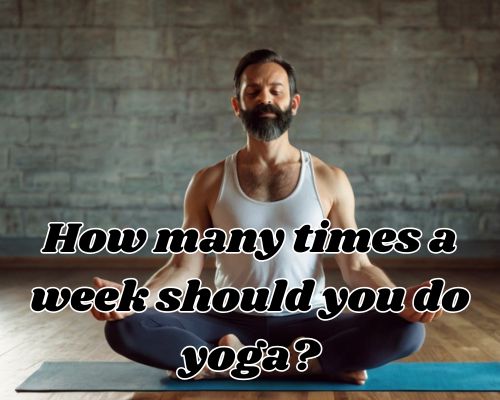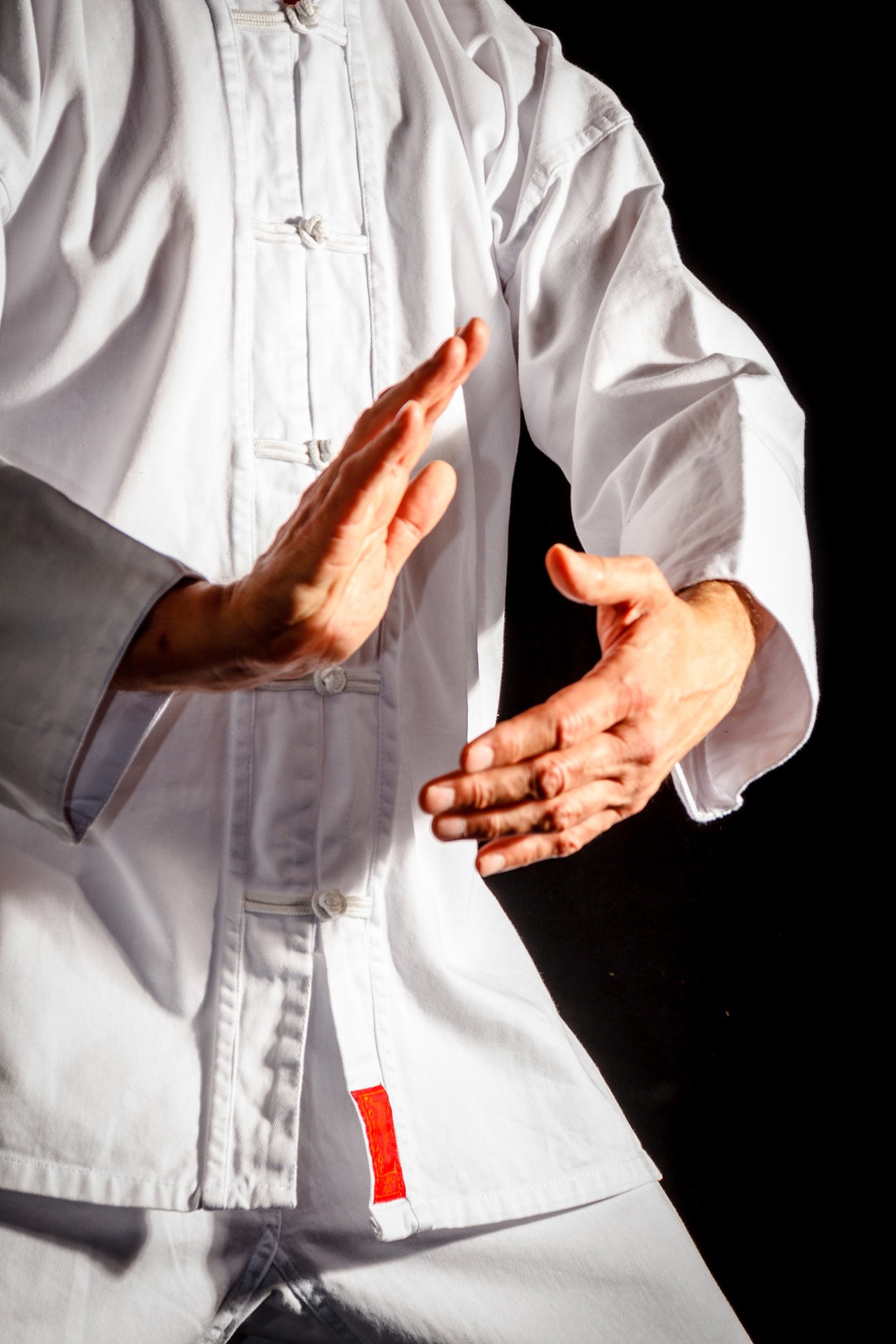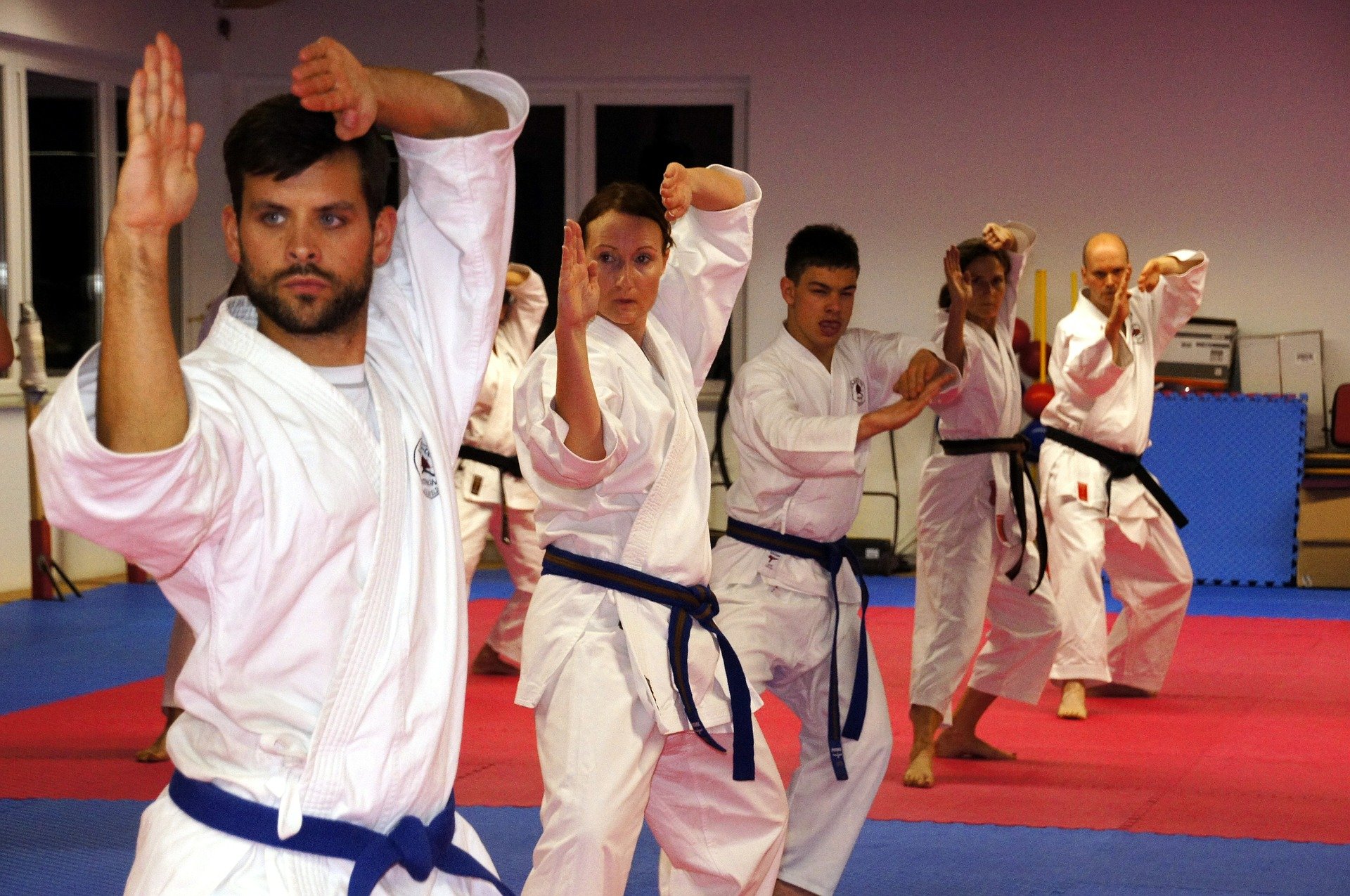Build a Stronger Workforce with Better Benefits

In today’s competitive job market, employers must go beyond offering attractive salaries to retain top talent and keep teams engaged. One of the most effective ways to enhance employee satisfaction and organizational success is by providing comprehensive group health insurance plans. By investing in the well being of employees, companies not only demonstrate genuine care but also increase productivity, reduce absenteeism, and build a stronger workforce with better benefits.
Why Group Health Insurance Matters
Group health insurance is a cornerstone of any competitive employee benefits package. Unlike individual health policies, group plans offer coverage to a collective of employees and often their dependents, at more affordable rates. These plans help attract skilled professionals who prioritize health security, and they foster a workplace culture where employees feel valued and protected.
For businesses of all sizes, especially small to medium enterprises, finding the right balance between coverage and cost is crucial. This is where Taylor Benefits Insurance Services becomes an essential partner in guiding employers through the complexities of group health insurance.
Taylor Benefits Insurance: Trusted Experts in Customized Solutions
With over 30 years of experience, Taylor Benefits Insurance has earned a reputation as a reliable and innovative benefits provider. They specialize in crafting group health insurance plans tailored to the unique needs of each company. Whether you’re a startup looking to offer basic medical coverage or a growing enterprise ready to provide more robust plans, Taylor Benefits works closely with you to ensure you receive a cost effective and competitive solution.
Unlike many large agencies that push generic, one size fits all plans, Taylor Benefits focuses on flexibility and personalization. Their consultants evaluate your business structure, workforce demographics, and financial goals to deliver a benefits package that works for you not the other way around.

Comprehensive Coverage That Works for Everyone
Taylor Benefits Insurance offers access to a broad range of coverage options, including:
- Medical Insurance: Covering doctor visits, hospital stays, preventative care, and prescriptions.
- Dental and Vision Plans: Encouraging employees to maintain overall health and wellness.
- Life and Disability Insurance: Offering peace of mind through unexpected events.
- Health Savings Accounts (HSAs) & Flexible Spending Accounts (FSAs): Providing tax advantaged ways for employees to manage healthcare costs.
- Mental Health Support: Addressing the rising need for emotional and psychological well being in the workplace.
These components can be customized and bundled in various combinations, allowing employers to present a comprehensive and appealing benefits offering.
Cost Control and Compliance Made Easy
One of the biggest concerns for employers offering group health insurance is managing cost while staying compliant with healthcare regulations. Taylor Benefits helps mitigate those concerns through strategic planning, regular plan reviews, and expert navigation of legal requirements like the Affordable Care Act (ACA), COBRA, and HIPAA.
They also assist in implementing cost sharing models, wellness programs, and preventive health initiatives that reduce long term insurance expenses while enhancing employee health outcomes.
Seamless Administration and Ongoing Support
Partnering with Taylor Benefits means more than just selecting a plan it’s about having an ally throughout the lifecycle of your benefits program. Their team handles policy renewals, claims support, employee education, and enrollment logistics. With access to an online HR management tool, businesses can streamline administrative tasks and keep employee data organized and accessible.
Moreover, Taylor Benefits remains committed to transparency, offering no cost compliance audits and annual plan evaluations to ensure your package remains optimal as your business evolves.

The Competitive Advantage of Better Benefits
Offering high quality group health insurance isn’t just about meeting minimum expectations it’s about building a thriving, motivated workforce. Employees who feel secure in their health coverage are more focused, loyal, and less likely to seek opportunities elsewhere. In fact, studies show that strong benefits packages are often the deciding factor for candidates weighing job offers.
By aligning with Taylor Benefits Insurance, employers can rise above the competition and solidify their reputation as desirable places to work.
Final Thoughts
In a world where workplace dynamics are constantly shifting, businesses must stay ahead of the curve to attract and retain top talent. Comprehensive group health insurance plans are more than just a perk they are a strategic investment in your company’s future.









